There have been many Doctor Who regenerations over the years, and not all of them have involved the titular Time Lord…
Romana
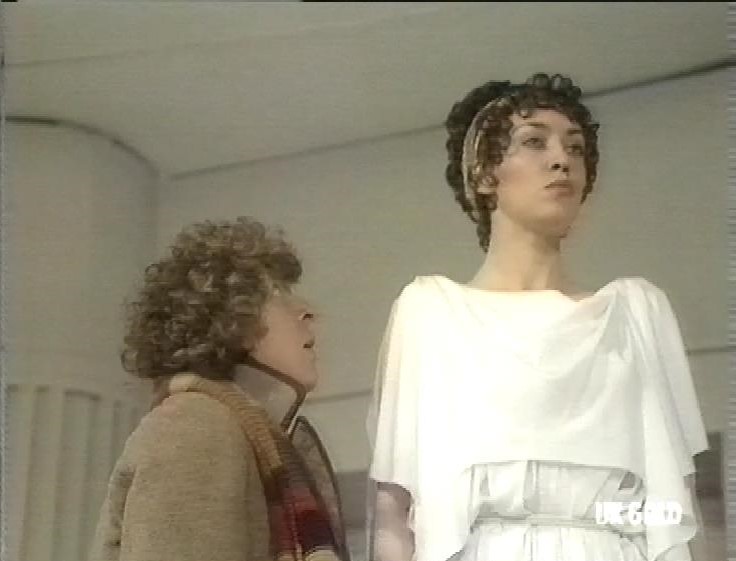
Romana was a Time Lady and companion to the Fourth Doctor, originally put on the TARDIS to help him locate the segments of the Key to Time. Now, as you probably know, it is common for Time Lords to regenerate as they are dying as a means of survival, changing their entire physical appearance, but not all of the Doctor Who regenerations have played out like this.
In the case of Romana, it is unclear what caused her to change bodies. The actor Mary Tamm had departed at the end of Season Sixteen, but the production team wished to continue with the character, therefore they settled on the idea of having Romana regenerate. But it doesn’t seem to be as a result of dying; Romana was quite fit and healthy when she departed at the end of ‘The Armageddon Factor.’ Seemingly, she just fancied a change.
Indeed, of all the Doctor Who regenerations, Romana’s is perhaps the most controversial. In her regeneration story, ‘Destiny of the Daleks,’ she cycles through a number of bodies before settling on a copy of Princess Astra from the previous adventure. It’s unclear whether these additional bodies counted as actual regenerations, although it’s unlikely as a Time Lord is limited to 13 lives.
The process is also played for comic effect – which is no surprise, given that it came from the mind of Douglas Adams…
The Master
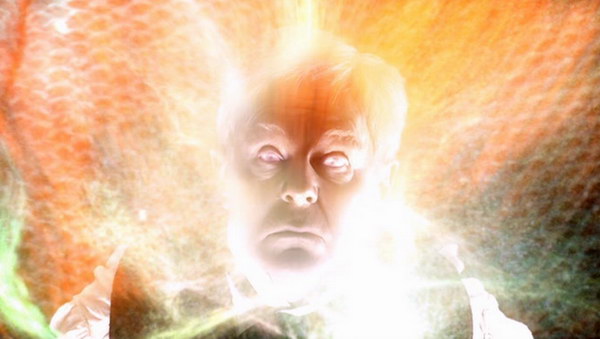
The Doctor’s arch enemy the Master has expended many life cycles and regenerated countless times, most of them off-screen. Certainly, his transitions are among the more dramatic of all the Doctor Who regenerations. In ‘Utopia,’ for example, he barricades himself inside the Doctor’s TARDIS after being shot by his former assistant, and his change into a younger man is clearly a painful one, with the Master screaming as he transitions.
And then there is the unusual regeneration in ‘The Power of the Doctor’ where he performs something of a body swap, not only stealing all of the Doctor’s remaining lives but also taking her physical form (in a manner of speaking) as well as her clothes. This is a mysterious process and it’s not entirely clear why his face didn’t change along with the swap.
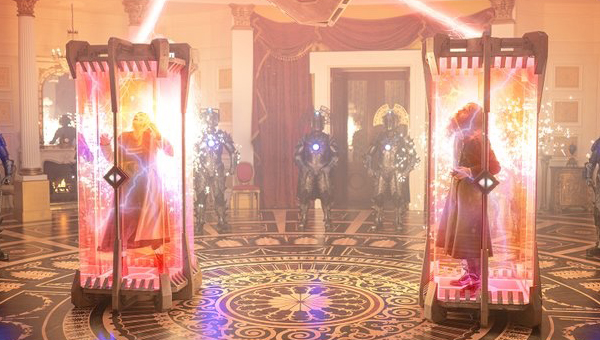
That being said, the Master has a long history of stealing other people’s bodies, taking the form of Tremas in ‘The Keeper of Traken’ and later Bruce in the TV movie, but it is debatable as to whether these truly count as Doctor Who regenerations.
For more on this, see our article breaking down the history of the Master’s regenerations.
River Song
River Song is one of the most complex characters in the Whoniverse, so naturally she has a long list of Doctor Who regenerations to her name. The first of these (that we know of) was when she perished as an orphan girl in 60s America, although it’s unclear as to which body she changed into.
The next time we see her character is when she is going by the name of Mels in ‘Let’s Kill Hitler,’ and she regenerates into the Alex Kingston incarnation after getting shot in Adolf Hitler’s office!
What is different about River Song, though, is that she isn’t actually a Time Lord. Her ability to regenerate stems from the fact that she was conceived in the time vortex when the TARDIS was in flight (it was Amy and Rory’s wedding night, after all.) Thus, she gained the ability to regenerate, although this power was ultimately broken when she wired herself into the Library to save everyone from the Vashta Nerada.
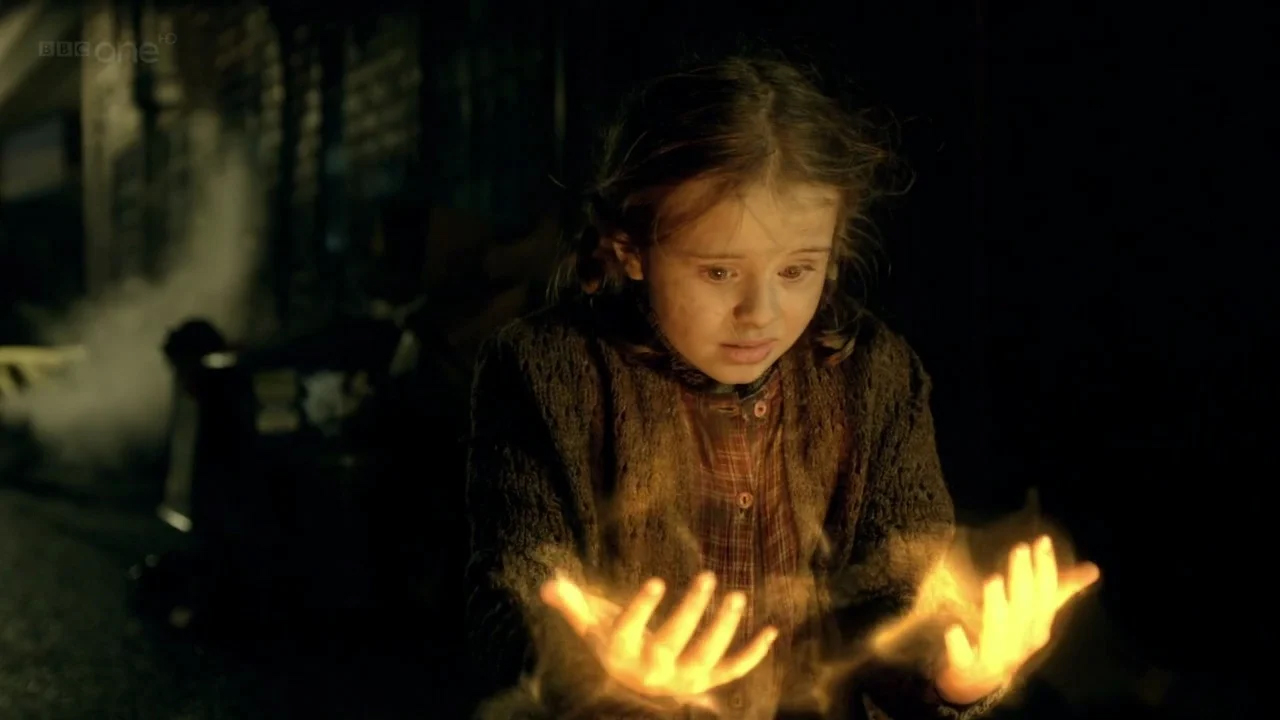
River Song’s Doctor Who regenerations, however, are perhaps the most exciting in the series’ history, largely because they were so unexpected. For instance, when the little girl began to change in the closing moments of ‘The Day of the Moon,’ nobody knew who she was, or why she was regenerating. And few people could have predicted Mels’ transition into Alex Kingston in 40s Berlin.
The General
In some ways the General’s regeneration in ‘Hell Bent’ paved the way for the Doctor Who regenerations that followed. Before his change, viewers had never seen a Doctor Who regeneration which involved a switch in gender, but after the General is shot by the Doctor he re-emerges as a woman, who remarks that her male incarnation was the first time she had ever been a man.
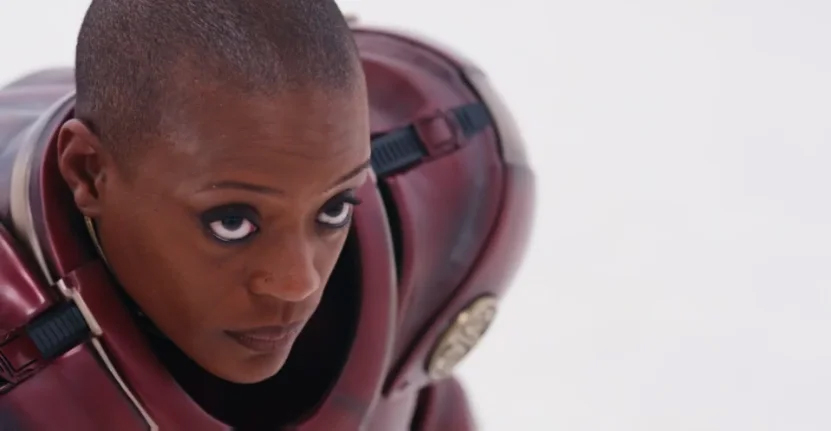
Of course, there was the female version of the Master (Missy) who first appeared in 2014, but her origins were unclear; she could have been from an alternative timeline, or even a parallel universe. The ‘Hell Bent’ Doctor Who regeneration was the first gender shift that had been depicted on-screen.
This was significant because, up until this point, it was widely believed that Time Lords retained their gender when they regenerated. Indeed, most of the Doctor Who regenerations up to this point had maintained this tradition, although in the TV movie the Eighth Doctor did allude to the possibility of changing into a new species on the event of a Time Lord’s death.
But after the General’s regeneration, it’s fair to say that the floodgates opened. The story of the Timeless Child was introduced, which showed former Doctors cycling through a number of races and genders, and then there was the Fugitive Doctor played by Jo Martin, who apparently is an earlier, female incarnation of the eponymous Time Lord. ‘The Timeless Children’ even stipulates that the Doctor began life as a little girl.
But whatever your view on these Doctor Who regenerations, there is no denying that – love them or hate them – they are dramatic and provoke a response from the audience. Which is your favourite of these Doctor Who regenerations, and can you think of any others? Let us know in the comments below.
Shop on Amazon









Leave a Reply